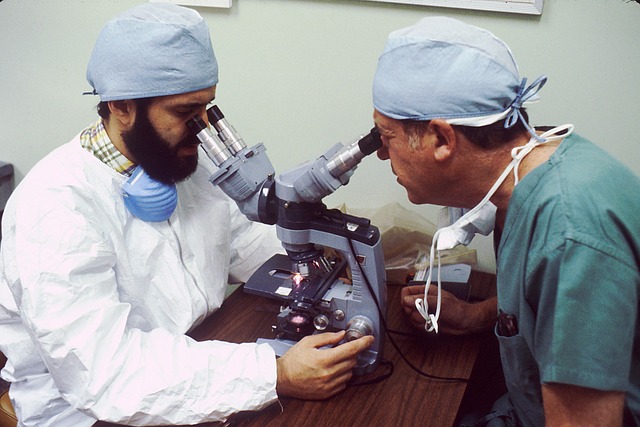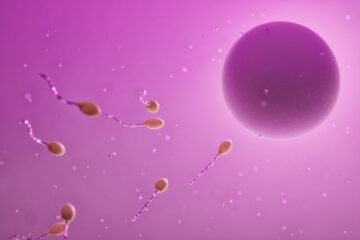A condition known as azoospermia affects men whose sperm do not exist in their sperm. 15% of infertile men and about 1% of all men experience it. If you have been attempting to conceive with your partner but have been unsuccessful, this condition may be the cause. There are no obvious symptoms.
What factors contribute to azoospermia?
The various types of azoospermia are directly related to the azoospermia causes. To put it another way, causes can originate from either obstructive or nonobstructive sources.
Deterrents that outcome in azoospermia most normally happen in the vas deferens, the epididymus or ejaculatory channels. The following issues may obstruct these areas:
• Injury or trauma to these areas
• Diseases
• Irritation
• Previous operations on the pelvis
• The formation of a cyst
• Vasectomy, a planned procedure for permanent contraception in which the vas deferens is cut or clamped to stop sperm from flowing
• A mutation in the cystic fibrosis gene that either prevents the formation of the vas deferens or leads to abnormal development, blocking the vas deferens with a buildup of thick secretions
The following are non-obstructive causes of azoospermia:
• Causes inherited. Infertility can result from the following genetic mutations:
- The Kallmann disease: a genetic (inherited) condition that is carried on the X chromosome and can cause infertility if not treated.
- Klinefelter’s disease: A male carries an additional X chromosome, which transforms his chromosomal makeup into XXY rather than XY. Infertility, lack of sexual or physical maturity, and learning difficulties are typically the outcomes.
- Deletion of the Y chromosome: Infertility is caused by the absence of crucial portions of sperm-producing genes on the male chromosome’s Y chromosome.
• Endocrine disorders and imbalances, such as hypogonadotropichypogonadism. androgen resistance and hyperprolactinemia
• Issues with ejaculation, such as retrograde ejaculation, in which the sperm enters the bladder,
- Anorchia, or the absence of testicles
- Cyptorchidism (the testris have not entered the scrotum).
- Sertoli cell-only syndrome, in which sperm cells are not produced by the testicles.
- Spermatogenic arrest: sperm cells that are fully mature are not produced by testicles.
- Mumps orchitis, or inflamed testicles in late puberty brought on by mumps
- Torsion of the testicles
Tumors
- Reactions to medications that affect the production of sperm.
- Treatments with radiation.
- Conditions like diabetes, liver disease, or kidney failure.
- Varicocele, in which the testicle’s veins are dilated or widened, preventing the production of sperm.
The post-testicular form of azoospermia affects about 40% of men who have it.
Can we distinguish between a blockage issue and a “factory” issue?
We do not have 100% accuracy, but we do have some useful indicators. Initial, an exceptionally cautious actual test is urgent to evaluate the regenerative designs. Additionally, test results such as FSH and inhibin B can indicate the function of the testicles.
Is azoospermia a sign that the testis does not produce sperm?
Necessarily not! It’s possible that the testis is producing sperm, but it might not be enough to produce any noticeable sperm in the ejaculate.




